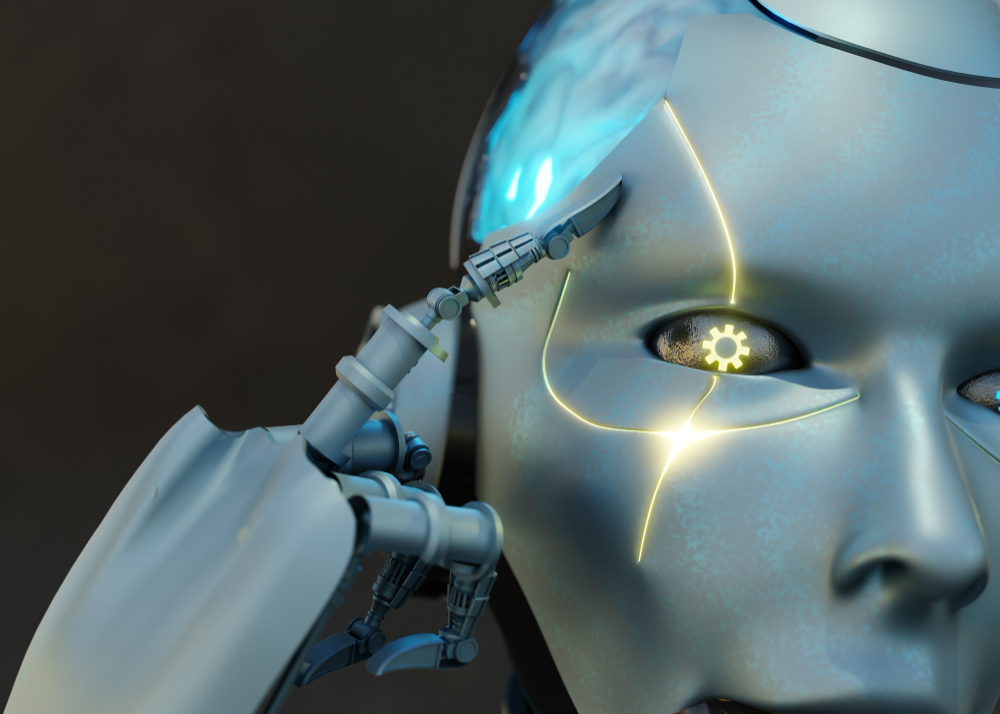In an era where cyber threats evolve faster than ever, Generative AI (GenAI) is emerging as a formidable ally for cybersecurity. From thwarting phishing attacks to predicting breaches before they occur, GenAI is reshaping how businesses defend against increasingly sophisticated threats. For leaders at the helm of tech-driven organizations, leveraging GenAI isn’t just an option—it’s a necessity.
The Growing Challenge of Cybersecurity
Every year, cyberattacks cost businesses over $6 trillion globally, a number expected to climb to $10.5 trillion by 2025. Traditional security systems, while effective to an extent, often struggle to keep up with the dynamic nature of threats. Enter GenAI: a technology capable of analyzing vast datasets, identifying patterns, and responding to anomalies in real time.
How GenAI Will Lead The Charge to Redefine Cybersecurity Protocols
1. Real-Time Threat Detection
GenAI models excel at sifting through network traffic and user behavior to identify suspicious activities. For instance:
- AI-Powered Anomaly Detection: GenAI can spot deviations from normal behavior, such as unauthorized login attempts or unusual file transfers, with unmatched speed and precision.
- Zero-Day Exploit Identification: By simulating potential attack vectors, GenAI helps organizations preempt vulnerabilities that traditional methods might miss.
2. Automated Incident Response
The days of manual intervention for every alert are gone. With GenAI:
- Instant Triage: AI systems can prioritize threats based on severity, ensuring that critical issues are addressed immediately.
- Automated Containment: GenAI can isolate compromised systems or block malicious traffic without human intervention, minimizing damage.
3. Advanced Phishing Detection
Phishing remains one of the most common attack vectors, accounting for 36% of breaches. GenAI enhances email and communication security by:
- Analyzing linguistic patterns to detect malicious intent.
- Generating real-time warnings for users when suspicious links or attachments are detected.
Real-World Applications
1. Financial Institutions
Banks and fintech companies are using GenAI to monitor millions of transactions daily, flagging anomalies that could indicate fraud or breaches.
2. Healthcare Providers
In the healthcare sector, GenAI protects sensitive patient data by detecting unauthorized access attempts and ensuring compliance with regulations like HIPAA.
3. Cloud Service Providers
Major players like AWS and Google Cloud leverage GenAI for threat monitoring, ensuring the safety of user data in multi-tenant environments.
The future of cybersecurity lies in predictive defense: leveraging AI to stay one step ahead of attackers.
Challenges and Considerations
While the promise of GenAI in cybersecurity is immense, it’s not without challenges:
- Bias in Training Data: AI models are only as good as the data they’re trained on. Incomplete or biased datasets can lead to false positives or missed threats.
- Resource Intensity: Training and deploying GenAI models require significant computational power, which can strain smaller organizations.
- Ethical Concerns: As AI systems become more autonomous, ensuring transparency and accountability becomes critical.
Addressing these challenges requires a balanced approach, combining advanced AI capabilities with robust governance frameworks.
Why CEOs and CTOs Should Act Now
The case for adopting GenAI in cybersecurity is clear:
- Cost Savings: Preventing breaches saves businesses millions in potential damages and legal penalties.
- Enhanced Customer Trust: Proactively securing user data fosters confidence among customers and partners.
- Competitive Advantage: Organizations that integrate GenAI into their security protocols position themselves as industry leaders.
Statistically, companies with AI-driven cybersecurity protocols experience 25% fewer breaches and significantly faster response times compared to those relying on traditional methods.
In cybersecurity, the best offense is a smarter defense—and GenAI is rewriting the rules.
Closing Thoughts
As cyber threats become more sophisticated, the tools to combat them must evolve. Generative AI is not just a technological advancement; it’s a paradigm shift in how we think about security. By enabling predictive defenses, automated responses, and real-time threat analysis, GenAI empowers businesses to stay ahead of adversaries.
For CEOs, CTOs, and cybersecurity strategists, the time to act is now. Adopting GenAI isn’t just about enhancing security—it’s about future-proofing your organization in an increasingly digital world. The question is no longer if GenAI will redefine cybersecurity but how quickly your organization can embrace its transformative potential.

